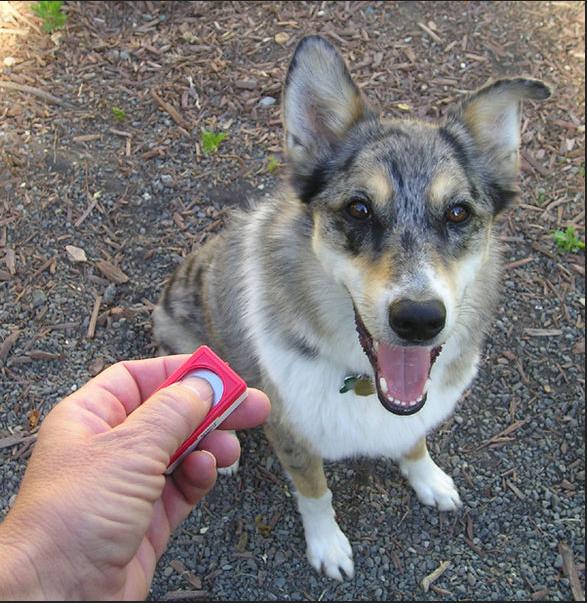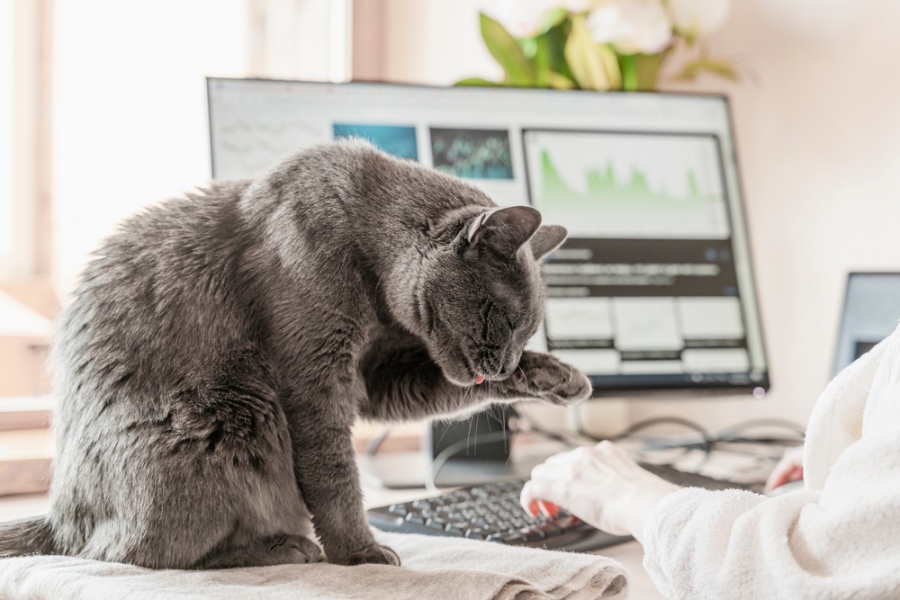There are many benefits and reasons to invest in professional dog training for your furry friend. Not only will your dog be broken of bad habits like barking, chewing and jumping, but he’ll also get to socialize with other animals, get healthy exercise and have some fun learning new tricks. Well-behaved pets are also much more enjoyable and contribute to a happier home environment for everyone.
Working with a trainer means you and your pet will receive invaluable experience and advice, but for it to really be effective, it’s important to apply those suggestions and continue to teach your dog at home to reinforce good behavior. Follow the tips below to get the most out of your dog training experience.
Don’t Pile On the Pressure
Owners oftentimes have unrealistic expectations for their dog entering into dog training, but patience is key to their success. Just like with humans, you can’t demand perfection out of your animal. Some dogs may catch on quicker than others, and some may feel the pressure being placed on them, making it harder to adequately perform. Remember that while a dog (yes, even old ones) can be taught new tricks, it might take a little longer than desired before behaviors completely change, but it will all be worth it in the end.
Use Positive Reinforcement
There are a few different dog training techniques out there, but it seems that the most favored among owners and their pets are those that focus on positive reinforcements. As you resume training at home, you’ll find that rewards and praise will go a long way in achieving the results you want. Healthy treats, lots of love and affection, new toys, etc. all help a dog understand when he’s done something right.
Say What You Mean and Mean What You Say
“No” is generally the go-to word when a dog does something their owner doesn’t want them to do. It comes out almost automatically even when there’s a better choice of words that could be said. Training provides the opportunity for an owner to break their own habit of yelling out this overused word. Instead, try saying what you actually mean, like “drop it” when he’s chewing on a shoe or “sit” when he’s jumping up in greeting. Telling him exactly what you want him to do avoids confusion.
Be Consistent and Back Up Your Trainer
Consistency is essential to proper dog training. It’s best to have everyone in the household use the same commands and rules that your trainer uses to emphasize what is trying to be said. Your pet can easily get mixed up if people are giving him different commands for the same action, so being consistent is the only way he will really learn.
Practice Makes Perfect
Being repetitious in your conditioning outside of training classes will help a dog remember what they’ve been taught. Practicing often is important for long-term success. Come up with new ways and places to exercise commands and go over tricks to keep training fresh and fun for your pet.
These basic dog training principles will ensure that your dog accomplishes the great behavior you’re looking for and help to strengthen a loving relationship between the two of you.
Tiffany Olson has been an animal lover since she could walk. She grew up with cats, dogs, peacocks, rats, pigeons, doves, and hampsters. She believes stongly in rescuing rather than buying from a breeder. Some of her hobbies include cooking, doing yoga, and hiking.





